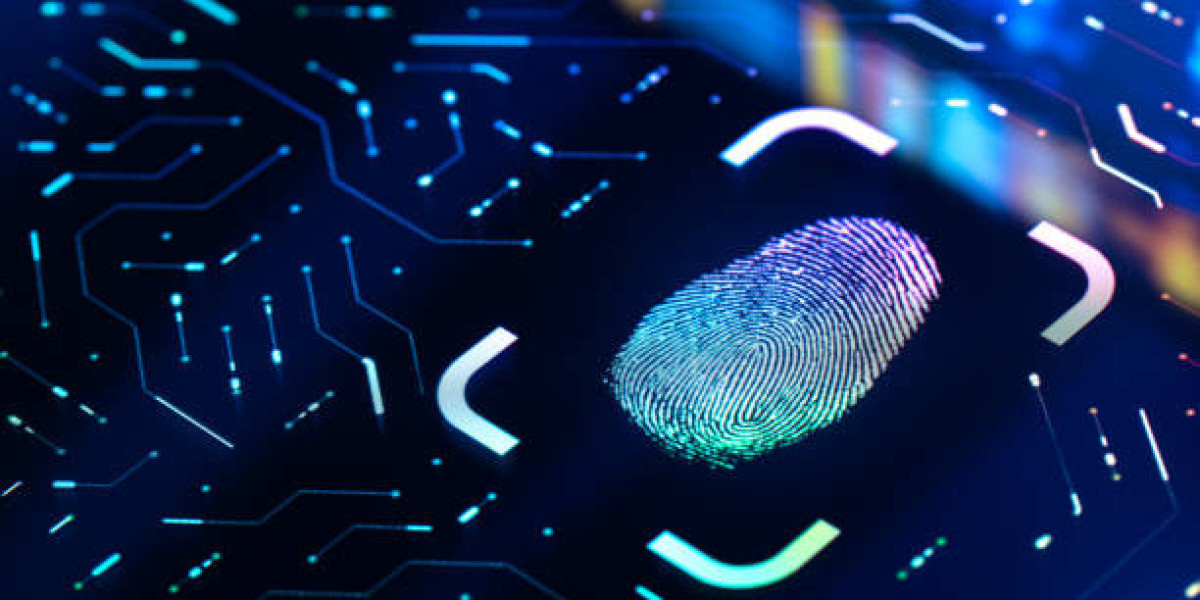Introduction
In an era dominated by digital interactions and the ubiquitous presence of visual content, ensuring the integrity and authenticity of images has become paramount. Image authentication emerges as a formidable solution to combat the rising tide of digital manipulations and misinformation. As the digital landscape evolves, the need for robust security measures becomes more apparent, making image authentication a crucial aspect of safeguarding our digital spaces.
The Significance of Image Authentication
Image authentication, as a concept, revolves around verifying the legitimacy of images to prevent unauthorized alterations or misleading representations. The power of image authentication lies in its ability to provide an irrefutable trail of trustworthiness. Whether in journalism, creative industries, or personal communications, the assurance that an image has not been tampered with enhances the credibility of the content and the platforms that host it.
Unraveling the Mechanisms
Several mechanisms contribute to the effectiveness of image authentication. Digital signatures play a pivotal role, offering a cryptographic seal that guarantees the image's origin and integrity. Additionally, blockchain technology has entered the arena, creating decentralized ledgers that chronicle the history of each image, leaving no room for manipulation. These innovative approaches empower users to trust the images they encounter online, fostering a safer and more reliable digital environment.
The Future Landscape
As technology advances, so do the tools available for both creating and detecting image manipulations. The future of image authentication holds promise, with the integration of artificial intelligence and machine learning algorithms to identify even the most subtle alterations. This continuous evolution will fortify the defenses against malicious actors seeking to exploit visual content for deceptive purposes. As the digital space expands, the power of image authentication becomes indispensable, ensuring a secure and trustworthy environment for individuals and businesses alike.
Conclusion
The rise of image authentication marks a significant stride in fortifying our digital spaces against the challenges of misinformation and manipulation. With digital signatures, blockchain, and the evolving capabilities of artificial intelligence, the tools to ensure the integrity of images are becoming more sophisticated and effective. Embracing and advancing image authentication is essential for maintaining trust in the digital realm, where visual content plays an increasingly central role. As we navigate the complexities of the digital age, the power of image authentication becomes a beacon, guiding us toward a more secure and reliable online experience.



